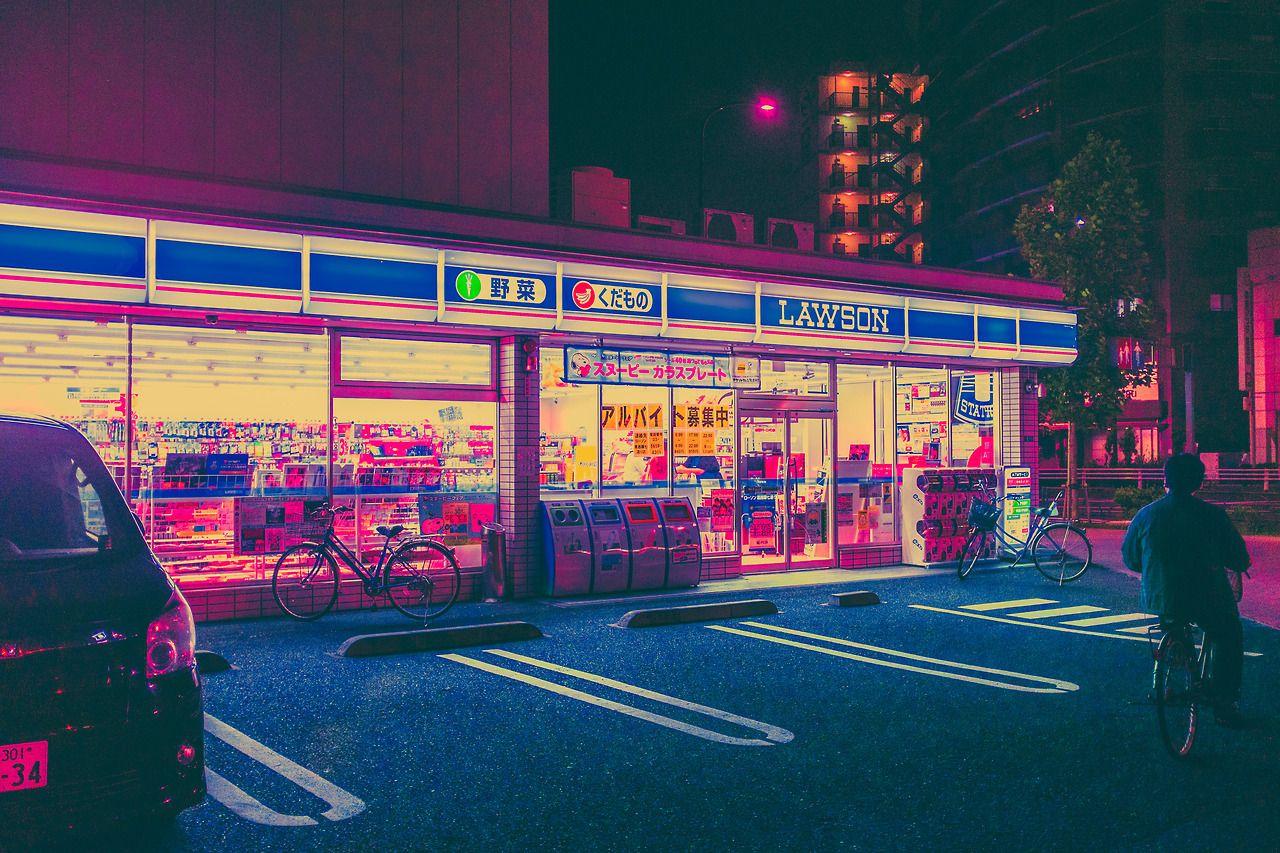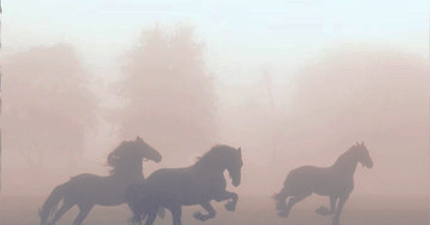So, firstly, there’s actually a very long history of white women using ornamentalism and orientalism to claim their own authorship. In her book Embracing the East: White Women and American Orientalism, Mari Yoshihara writes that, while white male artists were more prone to making art about asian content, depicting sultans or geishas or sexy asian girls, white women artists were more prone to appropriating asian forms. While white men were more interested in the collection of asian people as sexual objects, white women were interested in the collection of asian objects into their domestic spaces. Yoshihara writes that this allowed white women “to depict the white woman as a “complex” and “ambivalent” subject, outside of the objects under the male glance available at the time.”

In other words, white women artists used the appropriation of asian forms to depict the female experience as outside of the male gaze. White women artists used asian aesthetics in their own feminist goals because they saw asia as a place in which they could shape their own identity that were denied in the West.
The white queer Oscar Wilde writes that the Japanese people are not real people at all but that “The Japanese people are the deliberate self-conscious creation of certain individual artists.” He goes on to say that “the Japanese people are, as I have said, simply a mode of style, an exquisite fancy of art” and that “the whole of Japan is a pure invention. There is no such country, there are no such people.” If you want to see what he calls a “Japanese effect,” he recommends that you take a stroll in Piccadilly since he recognizes Japan as the pure invention of British artists.
The appropriation of east asian stuff by white feminists and queers goes back to the very beginning of modernity. In all of these cases, Japanese artists have not been naive to this power relation, whether they were ukiyo-e printmakers or manga artists. Osamu Tezuka once said that if you want to draw an attractive face, you can’t draw an asian face and anime creators from Pokemon to Sailor Moon designed their worlds and characters in a way so that ethnic elements were removed so that white audiences could relate.
The anime theorist Hiroki Azuma writes that the world represented by anime is really “a pseudo-Japan manufactured from U.S.-produced material.” He writes that otaku culture is really “a grotesque reflection of the fragility of a Japanese identity” and that between Japan’s relationship with itself lies the United States. (This colonial dependency is also visible in K-pop, though things are a bit different in K-pop since the actors are real people, not illustrations, Korea entered the global pop discourse later than Japan and at a time when things were more about cultural hybridization, and K-pop seeks to brand itself as influence within developing world markets in addition to East Asia and the West.)
So, now that we have established that the Japan that white queer otaku reference is not really Japan but a pseudo-Japan that reflects American elements back to itself, why do white queers love “Japan” so much? And the question should really be—why do white queers love the dissociative images of themselves that pseudo-Japan mirrors back to them so much?
When white queers say they love “Japan,” that they don’t really love Japan. White queers are always using anime imagery to express themselves but they’re always saying that the real culture of Japan is anti-gay and conservative. White queers define their love of Japan is defined in opposition to a resistance to Japanese people. The Japan that white queers love so much is really a Japan of images and objects without any Japanese people.

Part of it is the power relation. Because of the colonial relation between the United States and Japan, white queers are able to see themselves as creators and authors who use and remix Japanese imagery in a way that they cannot with western pop material. White queers who appropriate Japanese aesthetics are attached to the idea that these aesthetics are naive and unstrategic. They are concerned with the authenticity of the material, preferring subs to dubs or esoteric titles to mainstream ones. They prefer to see anime as something that exists outside of the West in a pure state and not as an intentional artistic creation with a marketing strategy or as a global pop medium which exists in globalized markets.
The other part is that anime is a medium of cultural disassociation. As we saw earlier, anime does not try to accurately depict ethnicities or cultures but removes, simplifies, or blends them. Through anime, otaku consume a Japan that is depicting itself in a dissociative state. This dissociation creates a fictional space in which gender can exist and be played with outside of cultural markers. In other words, the cultural disassociativeness of anime implies that gender can exist separately from ethnicity, nationalism, and socio-economics. Because white people find comfort in seeing themselves in a neutral and blank state rather than a racialized state, they can enjoy the culturally dissociative space offered by anime.

The third factor that contributes to the white queer love of Japan is simply the long history in which the bourgoisie has co-opted east asian aesthetics. Orientalism was first associated with the aristocracy in the collection of artifacts and then with the bourgeoisie in the academies. The white woman connection to asian aesthetics is particularly bourgeois since it is all about bringing asian objects into a protected, domestic space. Even though anime is a low cultural medium since it is popular, otaku are snobby and see themselves as connoisseurs of taste. They love to find animes and mangas that aren’t well known yet, seeing themselves as pioneers of consumption. This echoes bourgeois cultural ownership.
While black and brown queers have always made fun of white bourgeois values through ballrooms and camp culture, white bourgeois queers then satirize these satires. Camp began in the Bronx as innovation but white bourgeois queers turn it into a set of social norms that gatekeep and police who is a real queer when they emulate it. In other words, white bourgeois queers emulate brown and black queers satirizing them so that they can create their own buffered queer space since queerness sometimes removes them from other buffered white spaces.
Since the love of Japan is part of bourgeois culture, including bourgeois feminism, the white queer love of Japan is also just another way they reframe the satire of the bourgeosie without actually satiring the bourgoisie. White queers might see themselves as being ironic or anti-intellectually elitist when they like such low art forms such as anime but...they’re also just doing what every other bourgeois person has always done—collect asian images.
In conclusion, white queers love the fabricated pseudo-Japan in anime because it 1) gives them a power and agency/authorship through that power, 2) allows them the comfort of continuing to see themselves and gender in general as racially blank, and 3) collecting asian aesthetics without engaging asian people is just a bourgeois thing and a lot of these Japan loving weeaboos are bourgeois.
1 of 156
>>>


